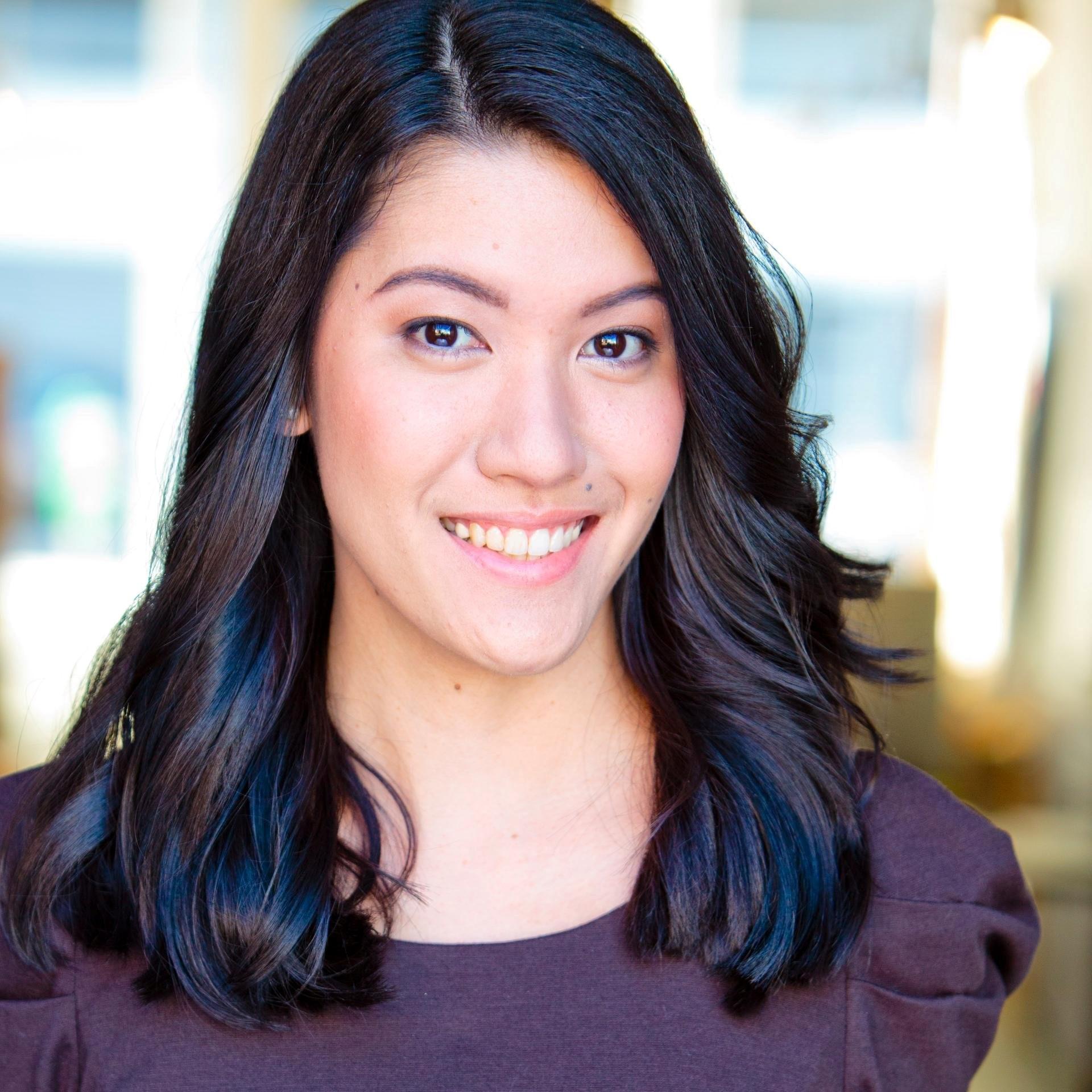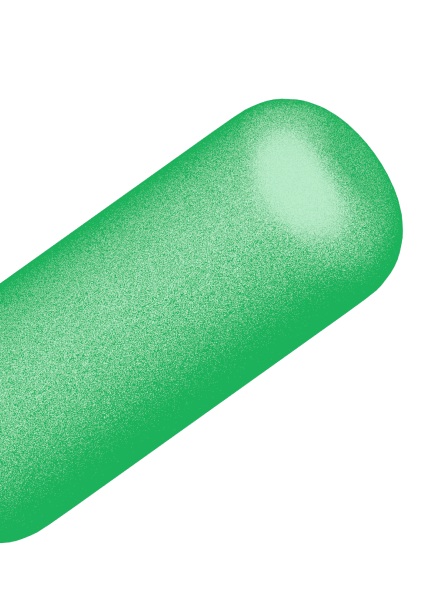Case study: How switching to traditional advertising channels helped Koh grow brand awareness in Australia

We caught up with Siobhan Spark, Head of Brand at Koh, opens in new tab, to discuss the brand's recent wins with traditional advertising channels.
- Koh, known for its sustainable cleaning products, primarily invested in performance marketing. But after recognizing the need for broader brand recognition, the company decided to expand into traditional advertising channels to boost brand awareness in Australia.
- Tracksuit's brand tracking played a crucial role in every stage of Koh's campaign, from identifying opportunities pre-launch to measuring success post-campaign.
- Pre-launch brand tracking provided insights that helped the team pitch the campaign, demonstrating its potential ROI to key stakeholders. Meanwhile, post-campaign tracking revealed the results of Koh's activities.
Fact: the household cleaning market in Australia is expanding. According to Statista, opens in new tab, it's projected to have an annual growth rate of 4.98% from 2024 to 2029.
Tracksuit’s data supports this, and shows that since Feb 2024, the household cleaning category in Australia has increased by 3%. This increase specifically comes from more men, people living in the state of Victoria and people aged 55 to 64-years-old entering the category and buying more indoor household cleaners.
Clever brands could focus on these groups to capture an increasing share of consumer interest. Of course, as with any growing industry, competition is fierce and with so many products on the market, finding the right cleaning brand may feel like a chore in and of itself.
Koh, an Australian company known for its sustainable and allergy-friendly cleaning products, knew it needed to broaden and strengthen brand awareness to gain a competitive edge. So, Siobhan and her team decided to invest in a brand campaign that would live on more traditional channels like Linear TV, BVOD, and OOH.
Let's explore the story behind the campaign and how everything turned out.
Sign up to Shorts
For fortnightly brand insights, stories and goodness that'll help you win (we promise).
Getting buy-in from the higher-ups 👓

Koh primarily invested in performance marketing, so running a TV, OOD, and BVOD brand awareness campaign was a first for the company. Siobhan had to obtain buy-in from key decision-makers and stakeholders, which required demonstrating the potential ROI and strategic benefits of traditional channels.
According to Siobhan, she got the green light by presenting compelling data and research that underscored the impact of brand-building on long-term growth.
"Einstein's quote, 'The definition of insanity is doing the same thing over and over again, but expecting different results,' was definitely referenced during my pitch conversations on brand building," she says.
"7+ years of investment purely in performance was no longer delivering the exponential growth we had once experienced. It was time to pivot and test traditional channels that would ultimately create a halo effect for our performance spend."
She also emphasized the science behind the 'sexy art' of brand-building channels, using data, consumer psychology, and proven results to support her case. Binet and Field's research and case studies of big brands like Airbnb pivoting their strategies from pure performance to brand-building were pivotal in these conversations.
Developing a great message and entertaining content 📹
Once Siobhan got the approval, she and the team set up to develop the campaign. With the help of Ouzo Studio, Koh filmed a tongue-in-cheek commercial that cleverly highlighted the humorous dynamics in relationships when it comes to cleaning.
The ad, opens in new tab honed in on the all-too-common excuse, "I don't know how to do it [cleaning] properly." In it, Koh used humor to entertain and subtly encourage everyone to pitch in with household chores, blending wit and relatability.

Media buying and distribution 📺
As for distribution, Siobhan says the campaign was strategically placed in high-impact environments to maximize visibility and engagement.
"Our objective was to drive awareness, which was challenging with a small budget. So we implemented an 'attention' strategy. This means we were selective with our environments (OOH formats, locations, and TV/BVOD spots). We used a super creative, memorable campaign concept to drive cut-through, emotional connection, and saliency."
She continues, "With a very small budget, we needed to appear bigger than we are. We drove the fame factor through large-format OOH on main metro arterials and high-reaching blockbuster programming such as spots in MAFS."
Siobhan highlights that this approach was instrumental in maximizing the campaign's impact and ensuring that every dollar contributed to increased brand salience, setting the stage for stronger engagement and sales performance.
"TV actually drove the lowest CPMs on our entire schedule, including our performance channels! We relied on distress deals for OOH to score premium large format sites at a fraction of the market price — a risk for timings but worth it if you have flexibility and a low budget."
Measuring results with Tracksuit 📈
Tracking and attribution can be notoriously tricky, especially with traditional advertising channels, but Koh was able to gain clear and actionable insights with the help of Tracksuit.
According to Siobhan, brand tracking was crucial across every stage of the initiative, from pre-launch to post-campaign, allowing them to assess impact and optimize future efforts.
"Pre-launch brand tracking helped us identify the opportunity and pitch the campaign in the first place. Then post-campaign identified if we achieved our goals and where we could improve."
As for the metrics Koh tracked, Siobhan combined Tracksuit's brand insights with other metrics to get the full picture of the campaign's results. Specifically, she looked at:
- Sales data, including a comparison with the same period last year, to uncover any seasonal trends or anomalies
- Organic search + traffic to determine a lift in searches and visits to Koh's website
- Performance spend, including revenue split by acquisition vs. retention & CAC, to ascertain a halo on efficiencies driven by the campaign
- Returning vs. new customers - comparing data from January 2023 to look at any trends
- Post-purchase survey, which helped with attribution reporting and showed which channels drove awareness and conversions
Driving awareness, conversions, and media coverage 💯 📣

Koh's campaign worked wonders. It drove significant brand awareness and an increase in traffic.
As reported in The Australian,, opens in new tab the campaign delivered a 32% rise in brand awareness quarter-on-quarter. Koh also saw a 50% boost in organic traffic and a 34% increase in search traffic year-on-year.
One of the most interesting findings (which came from Tracksuit's dashboard) was the unexpected surge in brand recall among younger audiences, traditionally thought to be less influenced by TV.
Tracksuit’s data shows that from January to March 2024, Koh’s brand awareness with consumers aged 25 to 34-years-old grew 7%.

"We experienced the greatest increase in awareness amongst 25 to 34-year-olds (vs. much lower growth index for older audiences), which isn't necessarily what you'd expect when investing in linear TV! The perception TV is for the oldies isn't necessarily true," says Siobhan.
Koh even saw excellent results at the bottom of the funnel.
According to Siobhan, they set up post-purchase attribution, asking customers what led them to purchase Koh. She shares that the survey results directly linked the brand campaign to conversions, with customers specifically mentioning that the ad prompted their purchase.
"Post-purchase attribution survey directly linked our campaign to conversion as customers reported our brand campaign prompted their purchase. We experienced a halo effect for our performance activities, which makes sense when you're topping up the funnel by increased brand awareness."
An ongoing investment in brand-building 💰
All in all, the campaign validated the effectiveness of traditional advertising channels for driving brand health and performance metrics, leading to increased investment in future brand campaigns.
"The campaign has proven the effectiveness of linear TV across both brand health, sales, and performance metrics, which has locked in a greater budget and ongoing bursts for this financial year," she says.
"We're still dipping our toe in the water, so the budget is still gradually building as we continue to prove the concept with ongoing investment."
Check out more of Koh’s work on their Instagram, opens in new tab.








